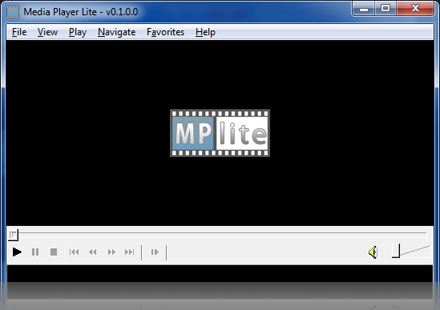
After Effects CC 2014 (13.0) and later do not include exporters for creating H.264, MPEG-2, and WMV videos directly from the render queue. To create videos in these formats, you can use Adobe Media Encoder.
Note:
And Acrok Video Converter Ultimate, as the most professional H.265 to After Effects CC converter, is recommended by most of users. The main functions of Acrok program is listed below. Convert all H.265/HEVC codec to After Effects CC and other versions supported H.264/MPEG-2. . After Effects: removed the taskbar icon's progress bar feature introduced in v1.8.0 as it seems not stable enough. AfterCodecs V2 is in BETA! New features are.MKV support, audio only exports,.ext automatic extension in After Effects, new codecs are coming later. Berikut ini cara untuk mengaktifkan atau memunculkan setting format H.264 pada output module di After Effects, agar project bisa diekspor ke dalam format video MP4: Setelah memberi tanda centang, maka akan muncul sebuah jendela peringatan. Tekan tombol OK pada jendela peringatan yang muncul. Klik tombol OK pada jendela Preferences. No H.264 in After Effects CC 2019. In this After Effects tutorial I show you how to access h.264 in After Effects CC 2019. I noticed myself when I first used this updated version of Abobe After Effects that h.264 was missing. I was actually able to figure out how to get h.264 in After Effects CC 2019 and this works for Windows and Mac users.

H 264 For After Effects
You can still import videos in these formats into After Effects.
Adobe Media Encoder is effective for creating files in final delivery formats because of its Preset Browser and easy-to-use system for creating, saving, sharing, and applying encoding presets. Using the Effects tab settings, you can automatically add watermarks, timecode overlays, and so on. You have two primary options for using Adobe Media Encoder with After Effects to create videos in H.264, MPEG-2, and WMV formats:
- Render and export a losslessly encoded master file out of After Effects to a watch folder monitored by Adobe Media Encoder.
- Send the composition directly to Adobe Media Encoder from After Effects (Composition > Add To Adobe Media Encoder Queue).
Note:


If you still need to create videos in these formats from the After Effects render queue, install After Effects CC (12.2.1) alongside After Effects CC 2014 (13.0) or later, and use the previous version for these specific output tasks.
Render and export a losslessly encoded master file
The fastest way to create videos in these formats is to use the After Effects render queue to export a losslessly encoded master file (for example, using the PNG video codec in a QuickTime .mov container file) to a watch folder that Adobe Media Encoder monitors. You can assign encoding presets to a watch folder in Adobe Media Encoder so that it automatically encodes using whichever settings you specify.
- Advantage: This method uses After Effects performance features for rendering (such as GPU acceleration and multiprocessing where applicable) and Adobe Media Encoder performance features for encoding (such as parallel encoding).
- Disadvantage: This method occupies the main After Effects application for the entire rendering operation, during which time you can’t use After Effects for anything else.
Send the composition directly to Adobe Media Encoder
Another method to create videos in these formats is to directly add the composition from After Effects to the Adobe Media Encoder queue. This method allows you to continue working in After Effects while the rendering and encoding takes place, since the rendering is performed by a background instance of After Effects. The rendering phase may be slower in some cases (compared with using the After Effects render queue) because the headless version of After Effects rendering in the background does not have access to GPU acceleration and multiprocessing features.
Note:
If you place an After Effects project (.aep) file in a watch folder that is being monitored by Adobe Media Encoder, the compositions at the top level in the project (i.e., those not in folders in the Project panel) will automatically be added to the Adobe Media Encoder encoding queue.